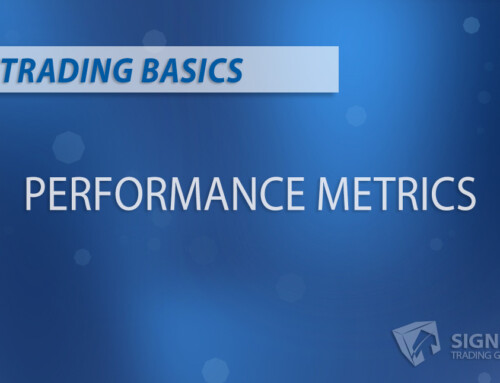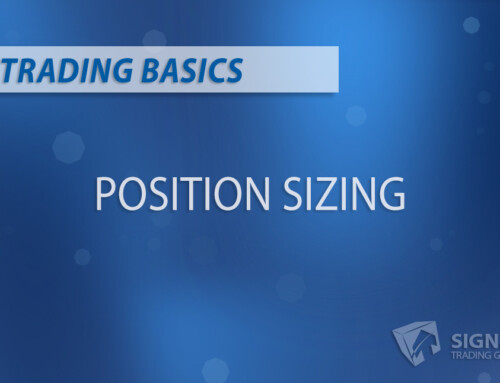The “Performance Metrics 101” blog series is geared towards providing traders with the essential evaluation tools they need to assess trading performance accurately. The goal is to provide a complete understanding of these tools, enabling traders to use them effectively.
Fixed Position Sizing: A Trading Necessity in Futures Markets
Position sizing is a crucial yet often overlooked aspect of trading, particularly in the futures markets. It determines how many contracts or shares to buy and sell to manage risk and maximize potential returns. In this blog post, we’ll delve into the concept of fixed position sizing—explaining its importance, advantages, and disadvantages—using real-life examples and offering practical tips on effectively implementing this strategy.
What is Position Sizing?
Although many traders focus on market analysis and developing perfect entry and exit strategies, position sizing remains essential to long-term success. It’s the decision-making process in determining the number of contracts or shares to be traded and, ultimately, the amount of risk exposure per trade. By effectively managing position size, traders can minimize potential losses and avoid overextending their trading capital.
Fixed Position Sizing: An Overview
One standard method for determining position size is fixed position sizing, in which a trader consistently risks the same percentage or dollar amount of their account equity for each trade. This approach differs from other strategies, such as variable position sizing. The number of contracts traded varies depending on a specific criterion like volatility or the size of a trade’s stop loss.
Advantages of Fixed Position Sizing
1. Simplicity: Fixed position sizing is easy to understand and implement, especially for traders new to the futures markets or those who prefer a standardized approach to managing risk.
2. Consistency: This approach ensures consistent risk management across trades, regardless of market conditions or individual trade setups. By risking the same amount on every trade, traders can maintain a consistent risk profile and avoid making impulsive decisions.
3. Emotional Stability: When traders know the exact amount of risk upfront, they can maintain emotional stability regardless of the trade outcome. This promotes discipline and a levelheaded approach to trading, helping prevent panic in the face of market fluctuations and sudden losses.
Disadvantages of Fixed Position Sizing
1. Limited Flexibility: The inflexibility of this strategy can be a disadvantage when markets display varying degrees of volatility. Fixed position sizing may not adapt to changes in market behavior and can thus fail to capitalize on exciting opportunities or avoid potential losses.
2. Inefficiency: Using a uniform approach to risk, traders may miss out on better opportunities when higher potential reward-to-risk trades present themselves. A more tailored approach to position sizing can help maximize profits while keeping risk exposure appropriate.
Examples of Fixed Position Sizing
To provide a better understanding of the concept, let’s take a look at a practical example:
Suppose a trader has a $50,000 account balance and decides to risk 2% of their account balance per trade. For each trade, the trader will risk $1,000 (2% of $50,000). Depending on the entry price and stop-loss level, the trader can determine the appropriate number of contracts to purchase while ensuring the risk doesn’t exceed the threshold.
Tips for Implementing Fixed Position Sizing Effectively
1. Risk & Reward Consideration: Before implementing any position sizing strategy, assessing your risk tolerance and financial goals is important. Fixed position sizing may be more suitable if you prefer consistency and simplicity in your risk management approach.
2. Diversification: Diversification across multiple instruments can help reduce the impact of individual trades. Even with fixed position sizing, traders should strive to spread risk across various markets and asset classes.
3. Proper Capitalization: When using a fixed position sizing strategy, it’s important to ensure that your trading capital is sufficient for the size of your trades. Traders should have enough capital to cover potential losses and drawdowns without becoming overextended.
Fixed position sizing can be an effective way for traders to manage risk while trading the futures markets. By consistently risking the same percentage or dollar amount per trade, traders can maintain a robust risk profile and emotional stability while benefiting from the potential rewards of futures trading. As a result, traders can gain confidence in their trading strategy and maximize their chances of long-term success.





